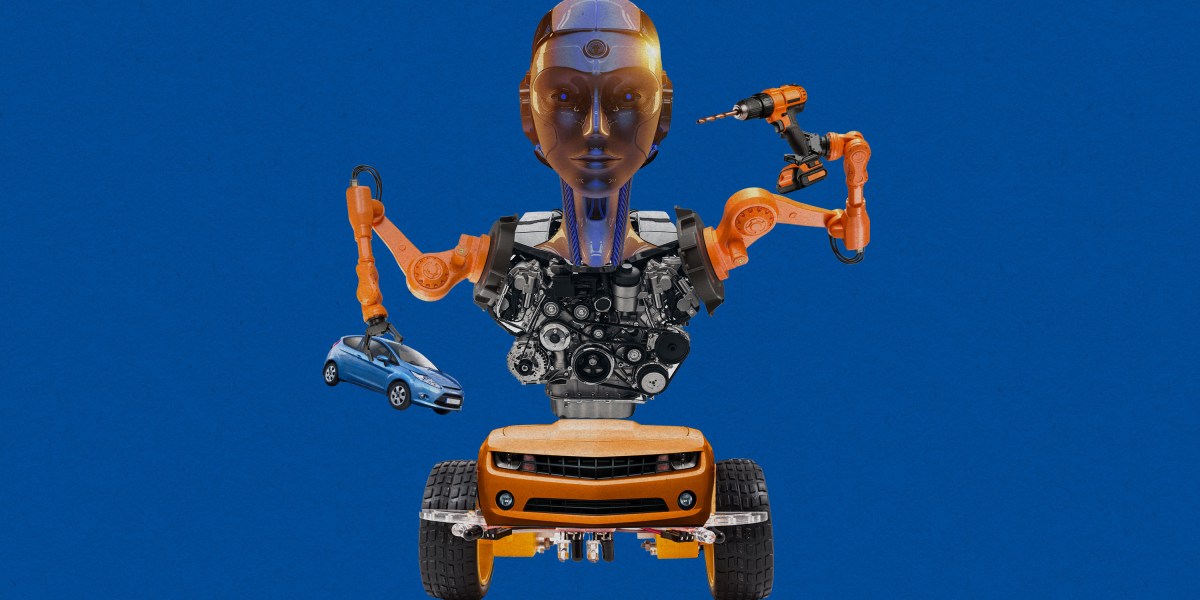According to statistics from Shenzhen New Strategy Media’s Industrial Research Institute, there were over 160 humanoid-robot manufacturers worldwide as of June 2024, of which more than 60 were in China, more than 30 in the United States, and about 40 in Europe. In addition to having the largest number of manufacturers, China stands out for the way its EV sector is backing most of these robotics companies.
Thanks in part to substantial government subsidies and concerted efforts from the tech sector, China has emerged as the world’s largest EV market and manufacturer. In 2024, 54% of cars sold in China were electric or hybrid, compared with 8% in the US. China also became the first nation to reach an annual production of 10 million “new energy vehicles” (NEVs), a category that includes all vehicles powered partly or entirely by electricity.
The EV companies that achieved this remarkable growth have amassed significant capital, technological capacity, and industry prestige. Leading firms like Li Auto, XPeng, and Nio—each founded roughly a decade ago—have become household names. Traditional manufacturers that have transitioned to EV production, such as BYD and Geely, have also emerged as major players in the tech world, thanks to their engineering skills and the AI-powered driving features they’ve introduced.
However, despite the EV market’s rapid expansion, industry profit margins have been on a downward trajectory. From 2018 to 2023, the number of NEV companies plummeted from over 480 to approximately 40, owing to a combination of consolidation and bankruptcy. Data from China’s National Bureau of Statistics indicates that since 2021, profit margins in China’s automotive sector have declined from 6.1% to 4.6%. Last year also saw many Chinese EV companies do rounds of large-scale layoffs. Intense price and technology wars have ensued, with companies like BYD offering advanced autonomous-driving features in increasingly affordable models.
The fierce competition has created a pressing need for new avenues of financing and growth. “This situation compels automakers to seek cost reductions while crafting narratives that bolster investor confidence—both of which are driving them toward humanoid robotics,” says Yao Jia, a robotics researcher at Aegon Industrial Fund.
Technological overlap is a significant factor driving EV companies into the robotics arena. Both fields rely on capabilities like environmental perception and interaction, using sensors and algorithms that can process external information to guide machine movements.
Lidar and depth cameras, initially developed for autonomous driving, are now being repurposed for robotics. XPeng’s Iron robot uses the same path-planning and object-recognition algorithms as its EVs, enabling precise navigation in factory environments.




